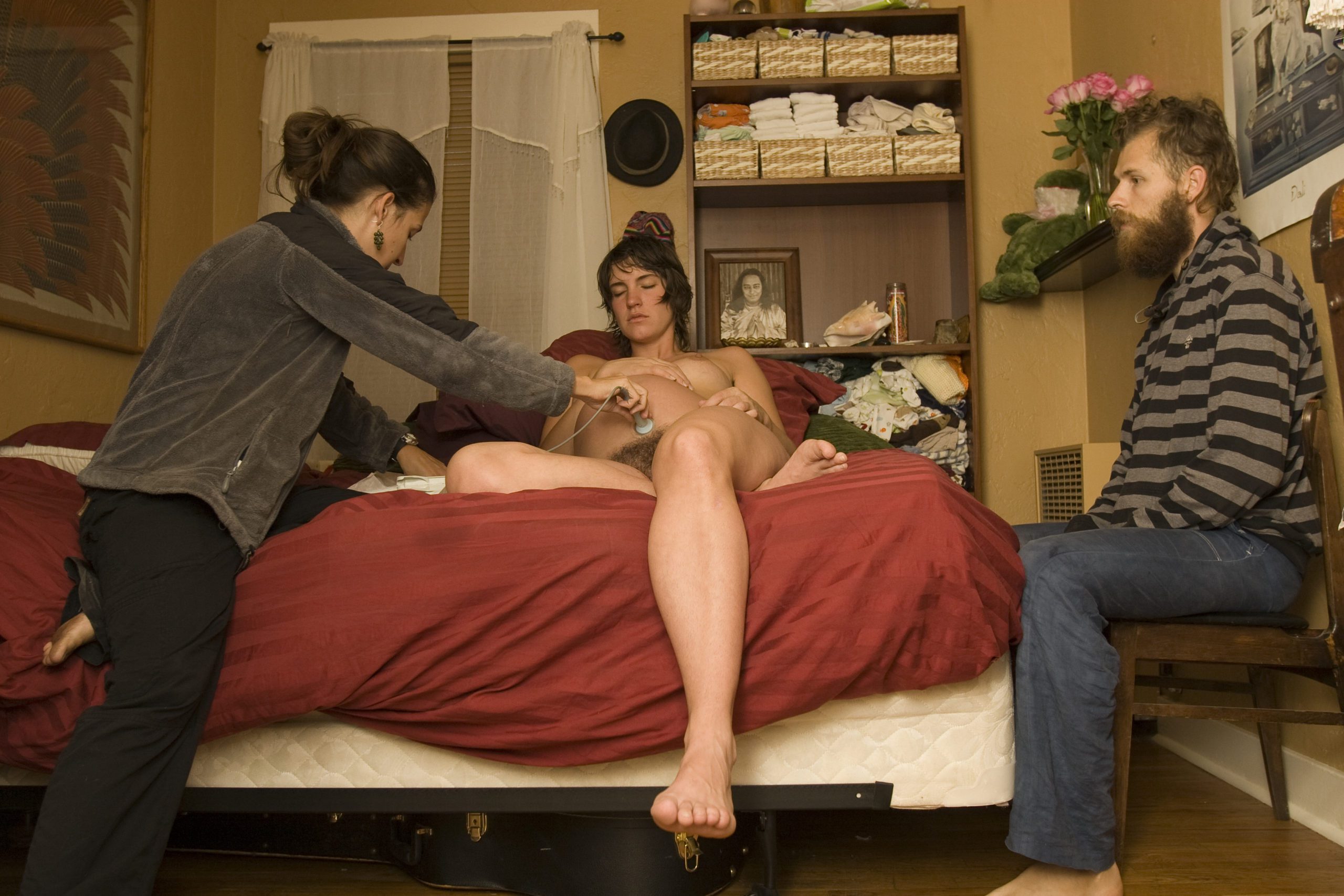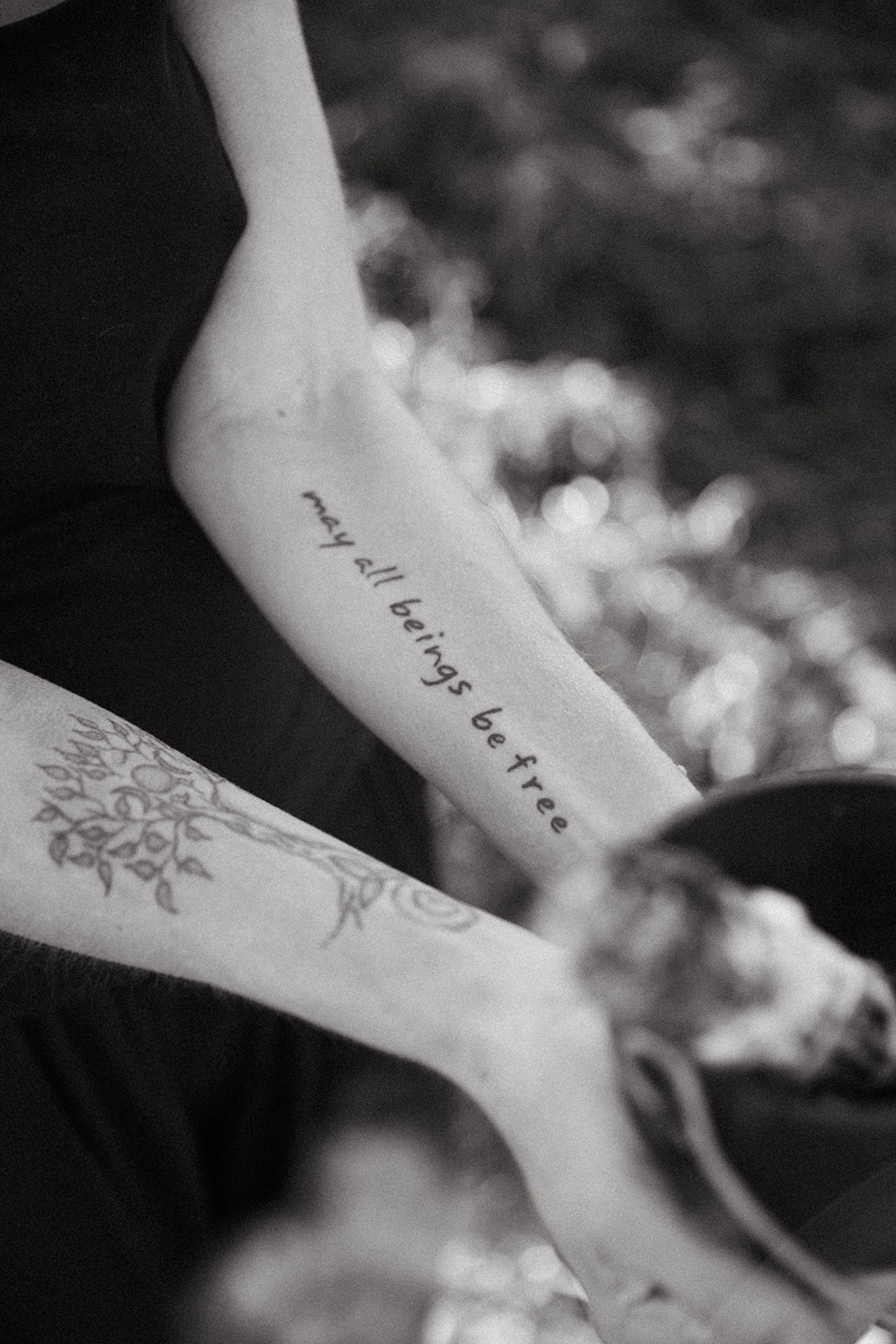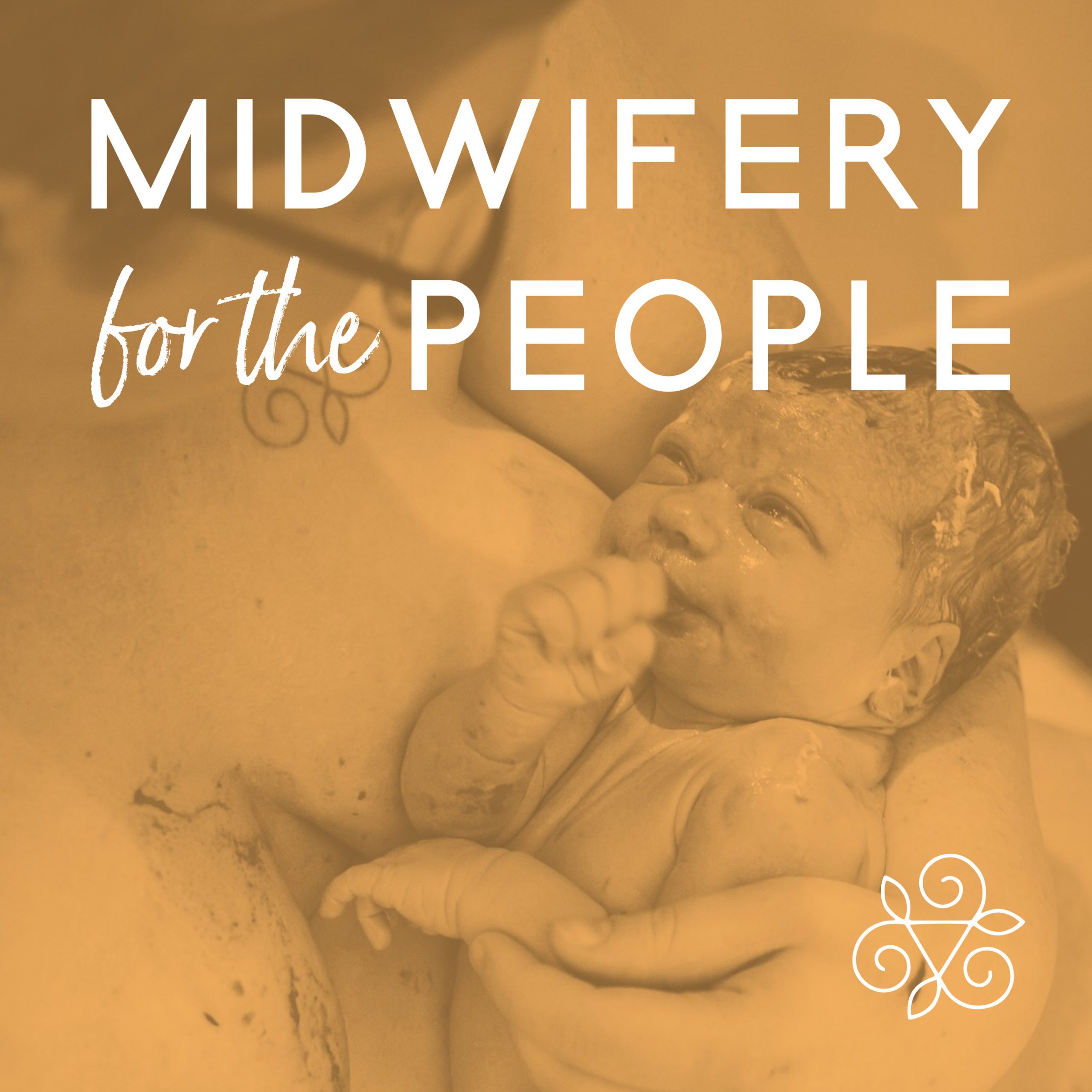 If you are reading this, you probably are working long and hard to create an undisturbed birth experience for you and your baby….but why stop there?
If you are reading this, you probably are working long and hard to create an undisturbed birth experience for you and your baby….but why stop there?
You don’t have to buy into the fear, pressure and chaos that surround MOST women after the baby is born. In fact, as you are holding your baby, you have all the power in the world to complete the process.
To me (both personally and professionally), there is unbridled power as a woman orchestrates the birth of her placenta. SHE says…”Here it is!” and brings it up from the water herself. Or SHE directs her partner to hold the baby as she instinctively squats and guides it out on her own. If you’ve ever “handed off” this responsibility to someone else, or if you pictured birth being over after the birth of the baby….OR if you are scared of postpartum bleeding, here are 5 reasons why you need to OWN the placenta birth (too).
You need to OWN the birth of your placenta because:
1. Your body depends on you. There is a focus and Presence about women that do this. These sorts of women are also in new baby bliss, like anyone else, but they don’t “check out”. They know there is one more important job to do and because they know that, there is less interference from someone else to make it happen. They don’t necessarily do it to be cool (although it IS super cool to own your placenta birth!) but because they know it is an integral, important part to the birth process. The hormonal flow of birth does NOT stop with the birth of the baby, but ebbs and flows and weaves over the course of days and weeks. For best results, as much of the pregnancy and birth process should occur in an unhindered, instinctual manner.
2. The fear that hangs in many a birthing room after the baby should vanish, or at least be a lot less, if you exhibit this confidence. As a midwifery student, every birth I attended was fraught with palpable tension after the birth of the baby and before birth of the placenta. A frenetic energy, watching for blood loss, watching the cord. To most midwives, it’s a “how quickly can we get the placenta out” attitude that doesn’t come without creating disturbance that, ironically, may set you up to bleed unnecessarily. Your confidence will give THEM confidence. There is nothing quite like seeing a woman birth her placenta into a bowl without suggestion or direction, and then just proceeding on to bed with her baby. Kinda like….just another day’s work! (Not to mention you may teach your midwife a thing or two by doing this!)
3. There are purely physical advantages : Less likely to bleed too much, leave part of the placenta or amniotic sac inside, or invert your uterus. Reasoning is simple. Fear creates a reduction in oxytocin, which is responsible for contracting the uterus. Also, it’s basic textbook knowledge that MOST hemorrhages are caused by someone “meddling” or fiddling with your uterus in giddy anticipation of seeing the placenta come out. You will avoid being poked, prodded and manhandled and birth it more quickly than someone can coax it out of you. Follow your body’s clues, just like you did with the baby. And in the event of an issue, you will be the first to know. Keep everyone else’s hands out and away avoids germs and bacteria entering your body as well. Finally, drugs like Pitocin have some pretty serious side effects, despite that they are often used at home. You REALLY don’t want that unnecessarily, and the unfortunate truth is that many midwives have no idea how to diagnose a hemorrhage or not! If you have the where-with-all to birth your placenta, there is a really slim chance you will be messed with unnecessarily.
4. Call me sentimental, but why no love for the placenta? Did it not feed your baby and give life to the very, very end? This miraculous organ is nothing short of amazing, and mind-blowing. And frankly, the lack of respect for it and the birth of it (which we very callously call “Third stage”) is really disrespectful. You don’t want anyone (hopefully) to touch your baby after birth before you do, right? WHAT IF the placenta is no different, and somehow we are messing with concrete physiology (and spiritual connection, too) by handing off the “delivery” like it just doesn’t matter. Or because we are afraid of it. And what’s all the hoopla over recognizing it’s inherent value AFTER birth (a la encapsulation or ingestion) but not AT birth? I realize not everyone loves placentas as much as I do, but after the birth of my 4th (who was transported minutes after he was born) I came to a new place with loving the placenta. I did not get the lotus birth I had wanted, yet I had no less appreciation for what this “twin” to my baby had provided. It wasn’t until two days after he was born that I could look at it. I thought it would make me sad (for the lotus birth that wasn’t, as well as his transfer) but I was wrong. I cried tears of joy, handling it and whispering THANK YOU. Non-coincidentally, this was also my first birth where I “owned” the birth of baby AND placenta. It had a profound impact on me and the way I see this part of the process. In the simplest terms, the placenta IS life.
5. Birthing your own placenta on your own terms in your own power with grace and confidence is not as hard as it sounds. It’s just not very common these days. But like any mammal, we know how to do it. And if we think we don’t, we can practice visualizing it and preparing our “team” with our intentions. Birthing your placenta with power will inspire SO MUCH TRUST in the entire process! We believe women can birth babies and we learn and trust the factors that make it a usual and healthy event. Why stop trusting once the baby comes out? That same trust will birth the placenta; and even better, that same knowing and confidence will boost you into mothering with perhaps more of both than you even knew you had.





Hey Ladies!
I am writing to ask about something I have never heard of before but have been wondering about, and that is keeping the placenta warm – or rather, placental shock? Is it possible to “shock” the placenta by delivering into a cold catch basin?
I’ve recently learned about lotus birth where women will leave the placenta attached to the baby via the cord until the cord falls off naturally.
This has given me some ideas about the value of the placenta:
(1) Since the placenta is birthed after the baby, it will still be body temperature and could be used to warm the baby, especially in an emergency situation. I’ve noticed a lot of birth kits for home birth include a heating pad, and a placenta would certainly work as a heating pad of sorts if only for a short while. I am imagining it would be used against the baby’s back so that the front of the baby is against the mother and the placenta is lower than the baby.
(2) Since the placenta is still operating for several minutes (sometimes more!) after birth, I wonder how delivering it into a cold basin would affect the beneficial aspects of the placenta for the baby. Would it getting cold make it pulsing more quickly? Would it make it spasm in a strange way???
I am very un-learned when it comes to the placenta, but it’s a curiosity that I have. Would there be any reason to think that catching the placenta into a warm blanket and/or holding the placenta against the baby would actually prolong the healthy benefits of keeping the baby attached to the cord?
For babies who need extra oxygen from the cord after a difficult birth, knowing how to optimize the natural processes of the placenta without inhibiting them would be important.
I’d be glad to know your thoughts and if you have any information or resources regarding the placenta and how cold might affect it, etc.
Thanks!
Tabitha
I just watched on YouTube a documentary on Indian midwives called “Born at Home” and the traditional midwives teach that if the baby is in trouble, you should warm up the (still attached) placenta and that would help the baby breathe, which is why they do not cut the cord until the baby is very stable. Pretty interesting!
[…] 5 Reasons You Need to OWN Your (Placenta’s) Birth, from Indie Birth […]
Thank you so much for sharing (not sure if this is Maryn or Margo’s placenta experience).
I was the opposite. I was actually fortunate enough to experience a lotus birth with my first son (which was actually my husband’s idea) but I was soooo grossed out by the placenta that I wouldn’t look at it. He had been inspired by his friend’s wife’s lotus birth and the philosophy of the baby slowly and gently letting go of the attachment to their mother’s body in their own time, similar to how a ripe fruit will release from a tree when it is ready. My deal was if I willing to try a lotus birth on the day (which I was), my husband would be in charge of any and all post birth placenta care. I didn’t want to touch it, see it, deal with it. I would have my hands full with a newborn anyway.
Osiris released his placenta on day 4 and holding him in my arms, just my baby, without navigating a quite hard (almost like this dried spaghetti pasta type cord by that point) was an ecstatic moment and one I will cherish forever. Logistically, it is a bit hard, you want to avoid snapping the cord once it hardens or catching it on anything (whilst I was also a brand new uncoordinated first time Mum working out feeding, settling, burping etc.) My husband Kane was AMAZING! I thought he’d be more grossed out than me by this “thing” but the love, care and attention he treated the placenta with was impressive.
He followed all the correct safety guidelines from our friends and his online research (EXTREMELY important to prevent any infection, placenta decaying etc) cleaning and drying the placenta and at frequent intervals, repeatedly preserving it with salt, lavender and rosemary, securely wrapping it in hospital blueys, and storing it in a large stainless steel bowl which he wrapped with a golden yellow silk with baby’s calcite mangano crystal (which helps to relieve birth trauma and soothe separation anxiety in little ones).
By the end of the 4 days, the bowl was heavy (I think Kane was a tad heavy handed with the salt). I actually had a reasonably short cord too, so by the time it had shrunk it WAS rather awkward to navigate baby, cord and heavy bowl. I was still able to completely bond, cuddle and successfully nurse my newborn and he was SUCH a zen, peaceful little man, certainly his nature in part but we do attribute his “chillness” to the lotus birth experience too.
I’m grateful to have experienced lotus birth with Osiris. I’m presently 10 days past due date with baby #2 now and planning a different approach this time.
Despite having a lotus birth, MY first birth experience was far from zen (18 hour labour, induced 12ish hours in, lost over 1Litre blood, 4 stitches internal, 4 stitches external, sprained both wrists in childbirth leaning over the bed, blood transfusion on day 2, palm sized piece of retained placenta at home on day 3, infection, reaction to medication for infection and postnatal psychosis – I daresay triggered by the above trauma of the birth).
I loved the physiological benefits for baby of delayed cord clamping. It can actually increase the baby’s blood volume by 33%. More blood volume means the baby’s body has more iron which can help fuel healthy brain development. I remember my midwife being SO impressed by Osiris’s : color, heart rate, reflexes, muscle tone, and respiration (and his general alertness). She said she’s never given a 10 for an APGAR score before, I think she put 9, but said she should have put 10.
So…all things proceeding as intended sometime over the next 4 days: I will naturally water birth at hospital, with an unassisted placenta delivery in the water, the placenta will be removed from the water quickly and placed in a bowl. We will delay cord clamping 2 hours (starting to gently cool the placenta with ice insulated with a towel after 1 hour, with the cord protected from the cool bowl). After 2 hours the cord will be clamped and my placenta stored on ice for encapsulation by Samantha from Under The Birch Tree.
I see this as a more “animal” approach to consuming the placenta (in capsule form) this time around (as mammals typically consume the placenta after birth) as opposed to “plant” based approach of bub’s conscious release from the placenta we experienced last birth. Again, my sister did encapsulation which I was disgusted by the thought of at the time, and the thought of some people having it in smoothies or cooking it up like liver makes me want to vomit in my mouth to be honest with you. But given my mental health issues in that first week postpartum, and my low iron following the blood loss, I felt that this option would best support me in my post birth recovery, and was thrilled to learn from Samantha that my baby will still be able to experience the amazing effects of delayed cord clamping.
Placenta encapsulation will provide me with; Gonadotrophin, Prolactin, Oxytocin, Thyroid stimulating Hormone, Cortisone, Prostaglandins, Haemoglobin, Gamma-globulin, Urokinase Inhibiting Factor & Factor X111, Growth factors – in the form of cytokines & hormones, stimulate cellular growth, placenta Stem Cells, Iron, Vitamin B6, A, D, E, K, C, B complex (Samantha goes into greater detail of the healing properties of each of the above on her website):
http://www.underthebirchtree.com/
This is exactly what I needed to read this week about the need to “Own Your Placenta’s Birth” it’s an amazing organ that we grow to nourish our bambinos (and myself this time). It still kinda grosses me out, I will actually take a look at it this time and Samantha is making a print of it for us as part of her service so we can look back on it.
I’m sure I’ll write about my experience this time around, and happy to offer advice/feedback on both approaches and how they compare for anyone who is interested to learn more.
Wish me luck x.